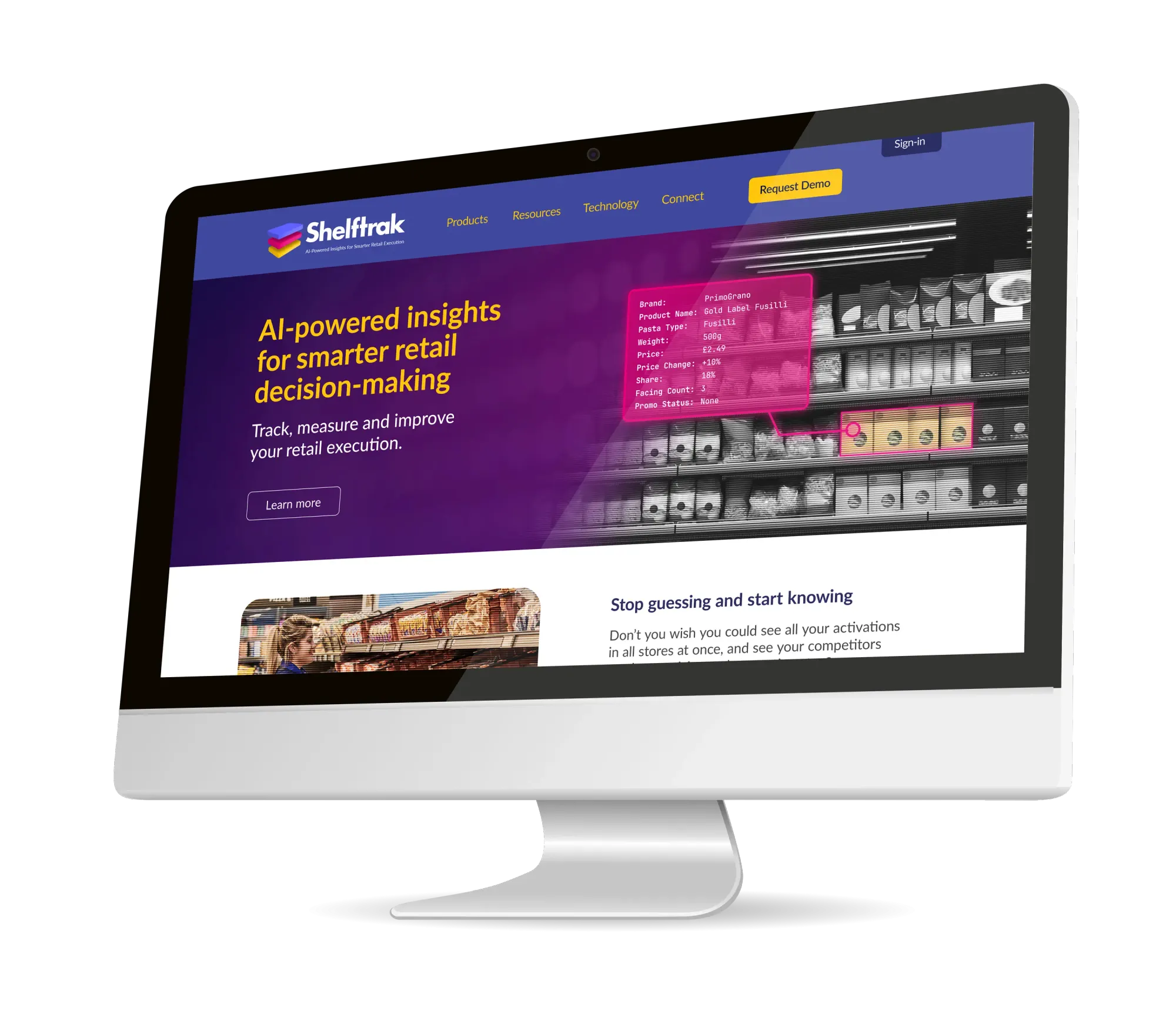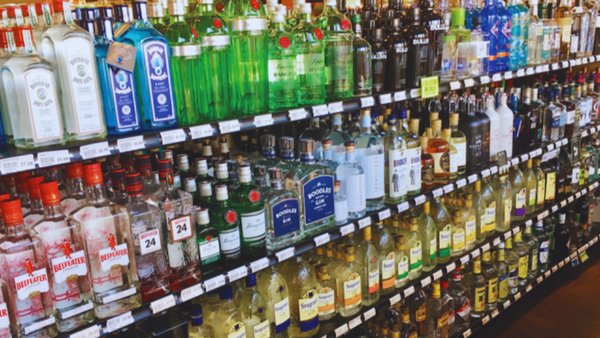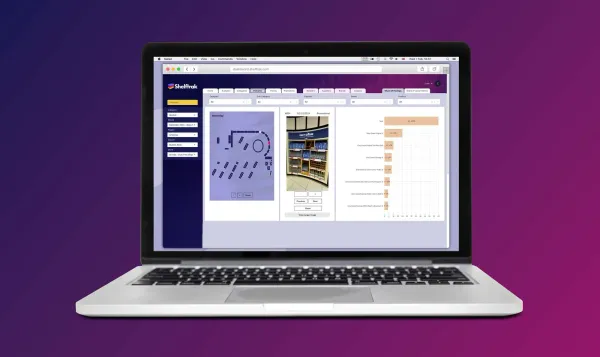The Cost of Poor Display Compliance in Travel Retail
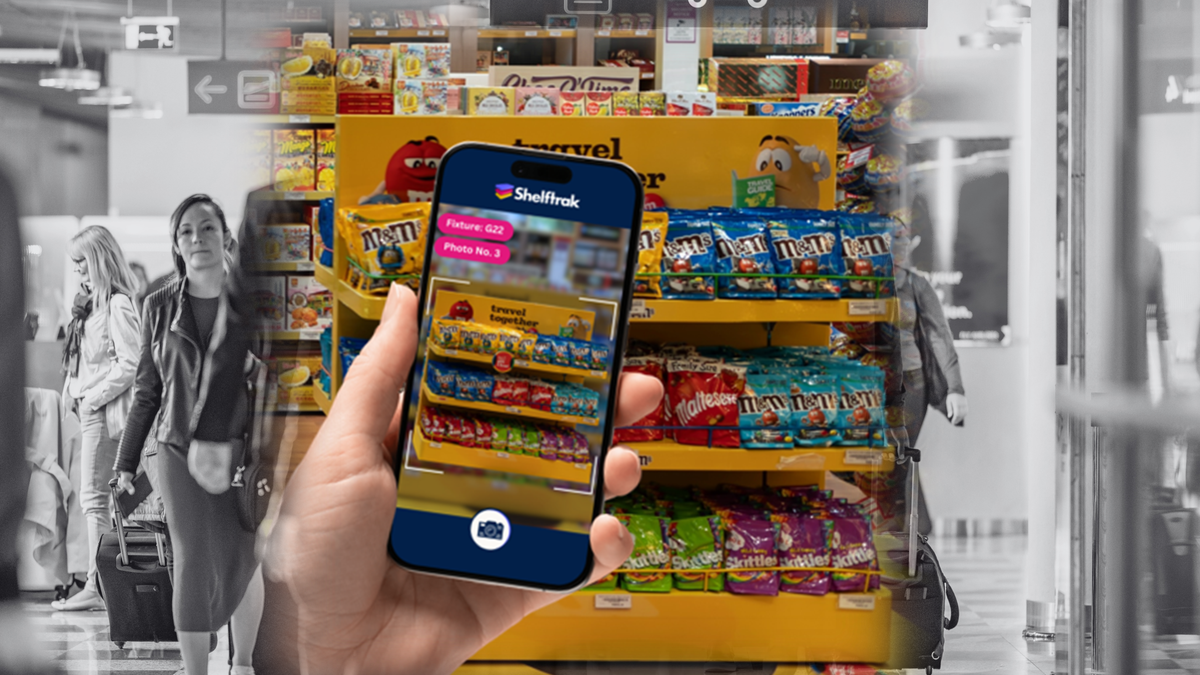
Walk through any travel retail store - from Dubai to Heathrow to Hong Kong - and you’ll notice that no two fixtures are exactly alike. That’s by design. Each store layout is tailored to its unique footprint, passenger flow, and commercial priorities.
However, behind this variation lies a common goal: brands invest heavily in planograms to ensure their displays, however different from location to location, are executed in ways that maximise visibility, drive shopper engagement, and ultimately, lead to conversion. Yet despite these efforts, the reality on the ground often tells a different story. Planogram compliance in travel retail remains persistently poor, with execution inconsistencies that not only dilute brand impact but also cost retailers and suppliers significant lost sales.
The Compliance Gap: An Expensive Blind Spot
Planograms are designed with strategic intent. They’re meant to ensure best-selling SKUs are at eye level, brand displays are coherent, promotions are well-placed, and category and fixture navigation is intuitive. But that strategy breaks down the moment compliance isn’t monitored or implemented correctly.
According to industry estimates, average planogram compliance across retail hovers around 60%, and can deteriorate by up to 10% each week without intervention. That means in a matter of weeks, a carefully executed display can morph into a fragmented, ineffective mess.
It’s estimated that in the Consumer Packaged Goods (CPG) industry alone, non-compliance is responsible for $10–15 billion in lost sales annually across key channels. If you apply even a fraction of that to travel retail, the implications are sobering.
Further research backed by Procter & Gamble revealed that a 10% drop in planogram compliance correlates with a 1% increase in out-of-stock levels - a metric that directly hits revenue and shopper satisfaction.
What Happens When Displays Go Unchecked
When execution falters, the fallout touches every stakeholder:
- Shoppers experience frustration from missing or misplaced products, leading to abandoned purchases.
- Retailers see slower stock turns, reduced basket values, and increased operational costs.
- Brands suffer from diluted brand display, weakened visibility, and missed selling opportunities.
The longer a display goes unchecked, the more it degrades. Hero SKUs get lost, products appear on the wrong shelf, and key adjacencies shift - all of which reduce the intended sales impact. This degradation is especially damaging in travel retail where each display must perform under time-limited shopper attention and high turnover rates.

The Hidden Impact on Brand Equity
Compliance isn’t just about operational efficiency; it’s about brand consistency and visibility. A misaligned or cluttered shelf doesn’t just look bad - it confuses the shopper and weakens their perception of the brand.
In travel retail, where many purchases are spontaneous, a brand's ability to catch the eye and signal quality in seconds is critical. Poorly executed displays erode trust and diminish the chances of conversion. Over time, this damages not only immediate sales but also long-term brand equity.
The ROI of Getting It Right
When planograms are implemented correctly and monitored frequently, the rewards are immediate and measurable:
- Sales Lift: Studies have shown that achieving improved compliance during display resets can lead to sales increases of up to 5% to 8% within a few weeks.
- Better Availability: Compliance helps keep the best SKUs in stock and positioned for maximum visibility.
- Operational Clarity: Regular checks reduce time spent fixing errors and refocusing store staff.
- Stronger ROI for Brand Spend: Marketing dollars are only effective if products are properly presented at the shelf.
With razor-thin margins and fierce competition, ensuring display compliance is one of the few levers brands and retailers can still control. And yet, many lack the systems to monitor and act on it effectively.
Shelftrak: Real-Time Display Intelligence
This is precisely where solutions like Shelftrak’s Compliance App change the game.
ShelfCheck allows brands and retailers to monitor display compliance in real time, from anywhere in the world. Using AI-powered image recognition, the app analyses shelf photos taken in-store and instantly scores each SKU against the planogram. The technology offers “better-than-human” accuracy and does so with speed and consistency that traditional audits can’t match.
But the real power lies in how the data aggregates:
- From SKU to fixture
- Fixture to store
- Store to airport
- Airport to region
- Region to global scoring
This hierarchy enables brands to track performance from the ground up and spot trends across entire networks of retail locations. They can compare stores, measure promotional compliance, and even test planogram effectiveness.
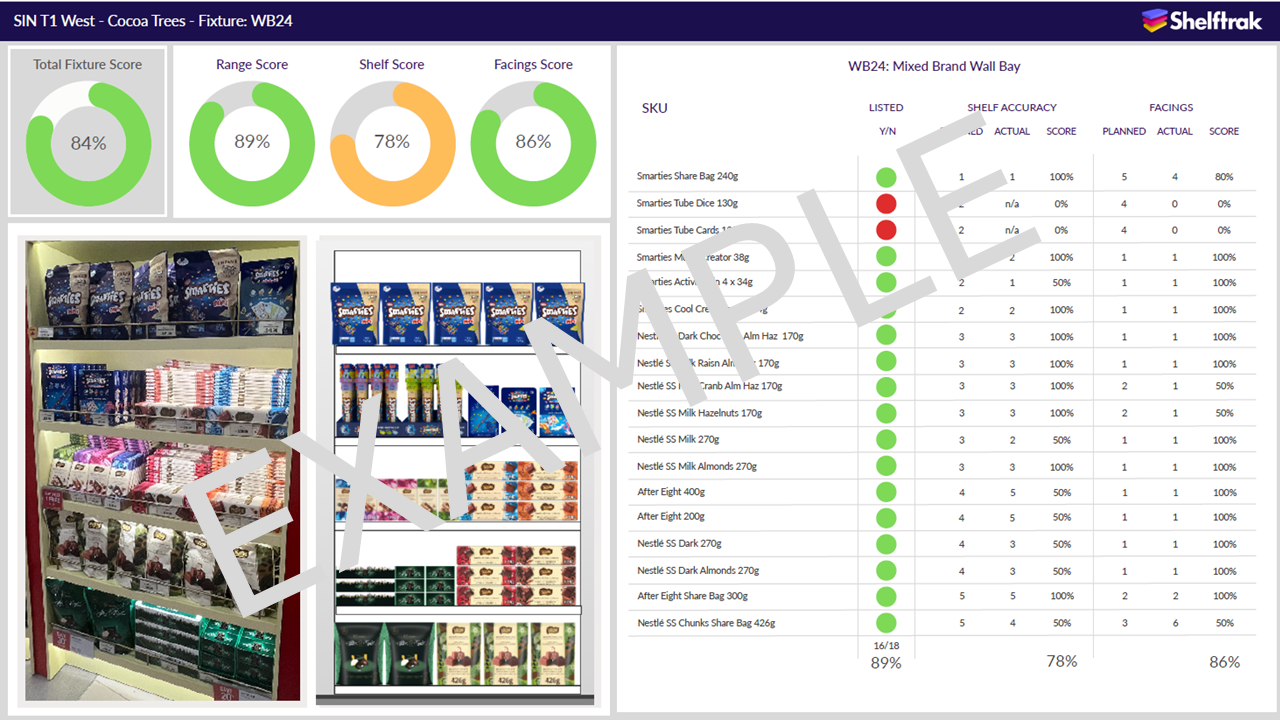
Data That Drives Action
What Shelftrak offers isn’t just data, it’s clarity and control.
With granular compliance scores and image-led reports, brands can identify underperforming stores, fix execution gaps swiftly, and make informed decisions about merchandising support, field visits, and promotional investments.
Retailers, too, benefit from visibility into store-level execution, enabling better inventory alignment and smoother operations. Instead of reacting to post-period sales drops, they can take proactive steps to improve execution before it impacts revenue.
A Missed Opportunity No More
Poor display compliance is no longer just a “nice to fix” issue. It’s a major driver of underperformance, and one that is entirely avoidable with the right tools and mindset.
Too often, brands pour budget into packaging, media, and promotions, only to lose out at the final moment because the product wasn’t there or wasn’t displayed correctly. Retailers lose valuable margin on slow-moving stock, while customers walk away disappointed.
By using solutions like Shelftrak’s Compliance App, brands and retailers can replace assumptions with facts, transform fragmented execution into consistent best practice, and turn shelves into high-performing assets instead of liabilities.
Conclusion
In travel retail, the cost of poor display compliance is too great to ignore. It drags down sales, undermines marketing efforts, increases operational waste, and erodes the very brand equity that companies spend years building.
But the flip side is just as powerful: when compliance is tracked and enforced, sales go up, operations get leaner, and shoppers leave satisfied.
For brands and retailers who want to win at the shelf, the message is clear: don’t let poor execution be the reason you underperform. Invest in visibility. Monitor compliance. Take control of your retail presence—because every SKU, every display, and every store matters.
Don’t leave your travel retail success to chance
Shelftrak helps you monitor and optimise every display across your global duty-free footprint. Book a demo to see how our solution ensures you turn travelers’ heads – and capture their purchases – every time.


